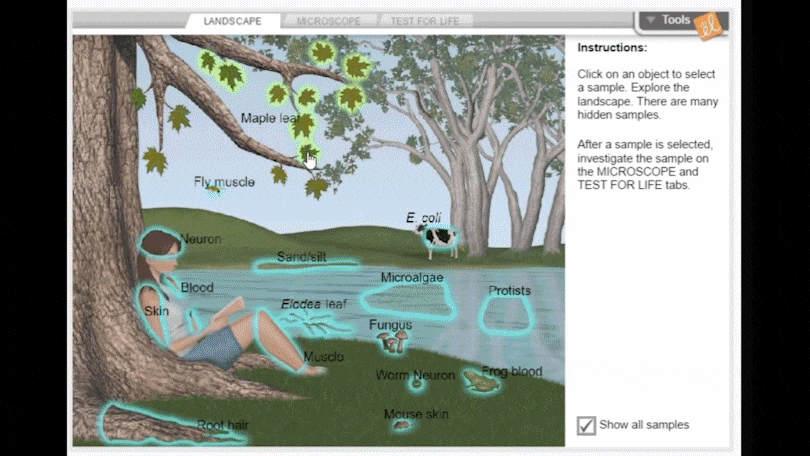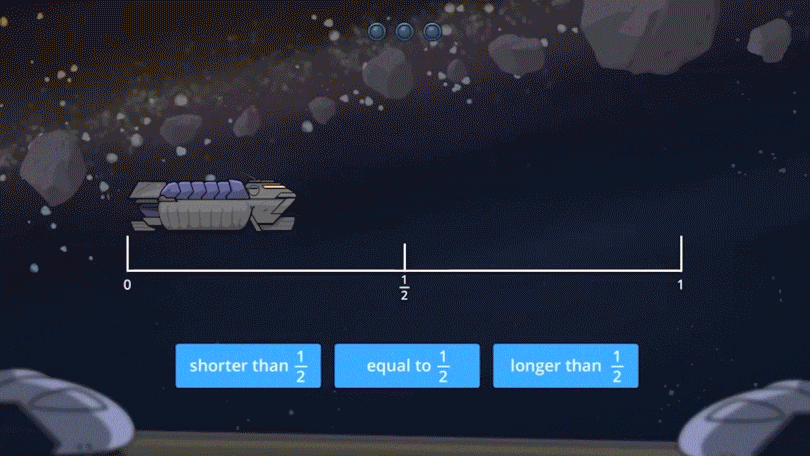Celebrating Black Mathematicians
Inspire students with Black History Month math activities
Throughout our nation’s history, African Americans have made enormous contributions to the advancement of math and science – usually without the credit or recognition they deserve.
Celebrate Black History Month and help your students discover how African American mathematicians paved the way for advancements and innovations that pushed mathematical boundaries. Extend on their inspirational stories with math activities for Black History Month. ExploreLearning math solutions can help students explore concepts and discoveries that wouldn’t exist without these influential leaders.
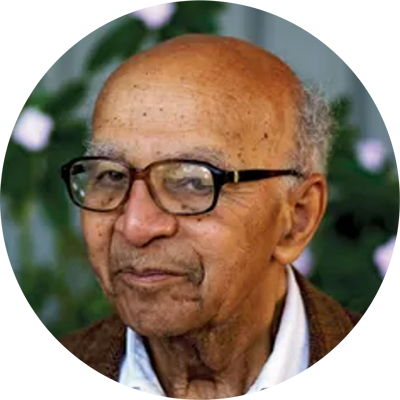
David Blackwell (1965)
David Blackwell, an American statistician and mathematician, was the son of a railroad worker and taught himself to read as a boy. He entered the University of Illinois at age 16 and initially planned to become an elementary school teacher. Blackwell completed work in probability theory and information theory and became the first African American to be inducted into the National Academy of Sciences.
Explore Theoretical and Experimental Probability Gizmo
Photo credit: https://www.britannica.com/biography/David-Blackwell
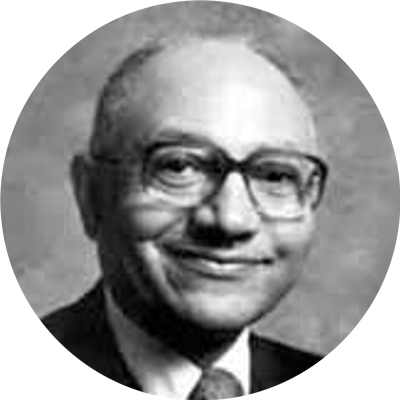
Clarence F. Stephens (1968)
Clarence F. Stephens was a mathematician and educator who promoted access to mathematics for underrepresented communities. He developed math curriculum models that focused on real-world applications for fractions and basic math. Stephens co-founded the Mathematics Awareness Program in 1968.
Build real-world understanding in fractions, like Stephens, with Frax.
Photo credit: https://mathshistory.st-andrews.ac.uk/Biographies/Stephens/
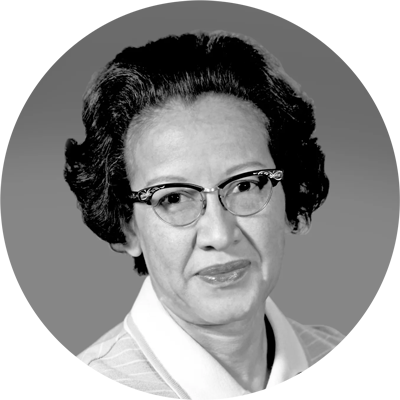
Katherine Johnson (1969)
Katherine Johnson Johnson was well known for her work with NASA. In 1960, she and engineer Ted Skopinski coauthored a report about the equations of orbital spaceflight that specified the spacecraft's landing position. It was the first time a woman in the Flight Research Division had received credit as an author of a research report. She did trajectory analysis for Freedom 7, America’s first human spaceflight. Johnson worked on orbital calculations for the Apollo Moon landing of 1969. Her work calculating flight paths and trajectories required differential equations and linear algebra.
Explore Solving Algebraic Equations 1 Gizmo
Photo credit: https://www.nasa.gov/centers-and-facilities/langley/katherine-johnson-biography/
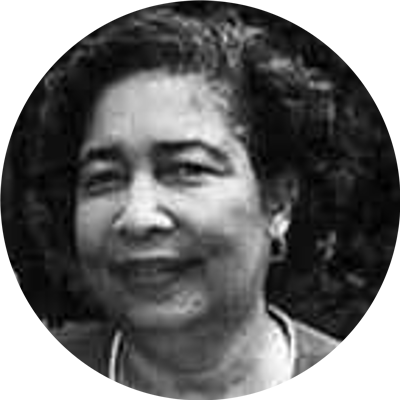
Dr. Etta Zuber Falconer (1971)
Etta Zuber Falconer was an American mathematician and educator. She was one of the earlier African-American women to receive a Ph.D. in mathematics. She is known for advanced research on number theory (1971) and its impacts on algebra. Falconer also advocated for earlier elementary math knowledge and education.
Encourage math education, like Falconer, and build number sense with Reflex!
Photo credit: https://mathshistory.st-andrews.ac.uk/Biographies/Falconer/
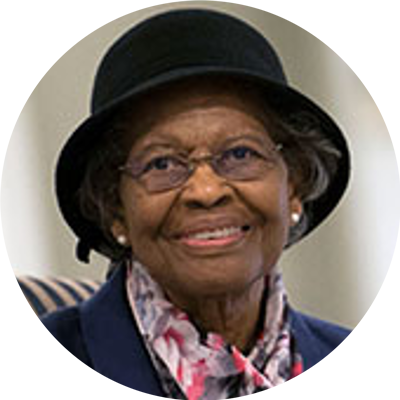
Dr. Gladys West (1978)
In 1956, West started her career at the Naval Proving Ground (now called Naval Support Facility Dahlgren) as the second African American woman and one of only four African American employees. In 1978, she began working at Seasat, a U.S. Ocean Surveillance program using oceanic data that contributed to the development of GPS. Her work in applied mathematics and ellipsoid geometry allowed her to create realistic models of the Earth, which led to the creation of modern GPS systems.
Explore 3D and Orthographic Views
Photo credit: https://ncwit.org/profile/gladys-west/
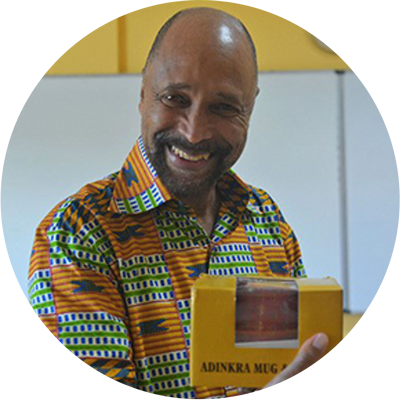
Dr. Clarence F. Ellis (1997)
Clarence F. Ellis was the first Black American to earn a Ph.D. in computer science. His work focused on applying mathematics to computer operating systems and contributed to early-age AI development. In 1997, he became the first Black American to be elected as a Fellow of the Association for Computing Machinery. At Colorado University in Boulder, Ellis encouraged students of all backgrounds to stretch their academic abilities and consider careers in computer science.
Explore Function Machine Gizmo
Photo credit: https://siebelschool.illinois.edu/about/awards/alumni-awards/alumni-awards-past-recipients/clarence-ellis
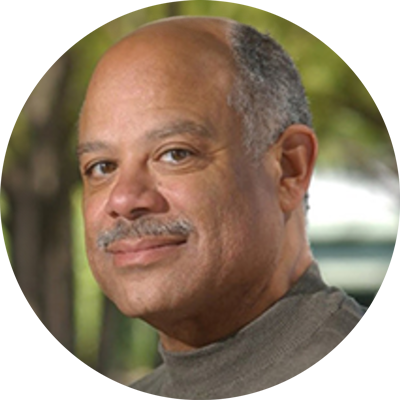
Mark Dean (1999)
Dean contributed to the development of computers with work that involved calculus, linear algebra, and logic/mathematical models. He started working at IBM in 1980 and was instrumental in inventing the Personal Computer (PC). In 1999, Dean received the patent for the first gigahertz processing chip. He holds three of IBM's original nine PC patents and currently holds more than 20 patents.
Build the skills needed for algebra, like Dean, with Frax.
Photo credit: https://www.black-inventor.com/dr-mark-dean
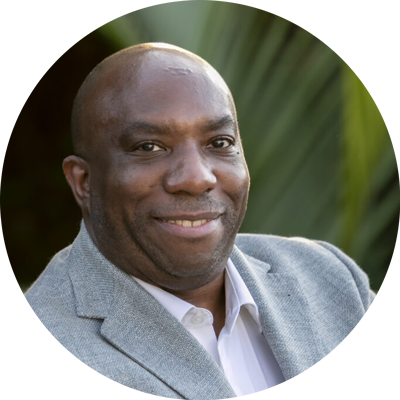
Edray Herber Goins (2016)
Edray Herber Goins is an American mathematician who specializes in number theory and algebraic geometry. He has worked as a researcher at Harvard and the National Security Agency and is currently a Professor of Mathematics and Statistics at Pomona College. In 2016, he published “Riordan matrix representations of Euler's constant γ and Euler's number e.” He notes PRiME (Pomona Research in Mathematics Experience), a summer program funded with more than $500,000 of research funds, as one of his proudest accomplishments.
Build number sense, like Goins, with Reflex!
Photo credit: https://mathematicallygiftedandblack.com/honorees/edray-herber-goins/
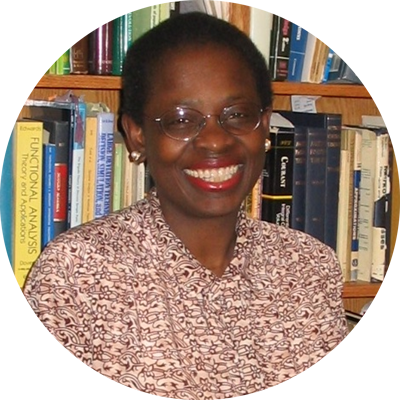
Fern Hunt (2019)
Fern Hunt is a Research Mathematician known for her work in applied mathematics and mathematical biology. Her research has primarily involved applying ideas from Monte Carlo simulation and the dynamics of finite Markov chains. Early in her career, she worked on models in population genetics. In 2019, Hunt was named a Fellow of the Association for Women in Mathematics (AWM).
Discover our math Gizmos collection and work with math concepts like Hunt!
Explore Math Gizmos Collection
Photo credit: https://mathematicallygiftedandblack.com/honorees/fern-hunt/
Support math achievement with ExploreLearning math solutions
ExploreLearning math solutions focus on foundational skills that make the greatest impact on student success in math.
From math fact fluency and fractions to advanced concepts for deep exploration, we focus on critical math learning needs in engaging ways.

